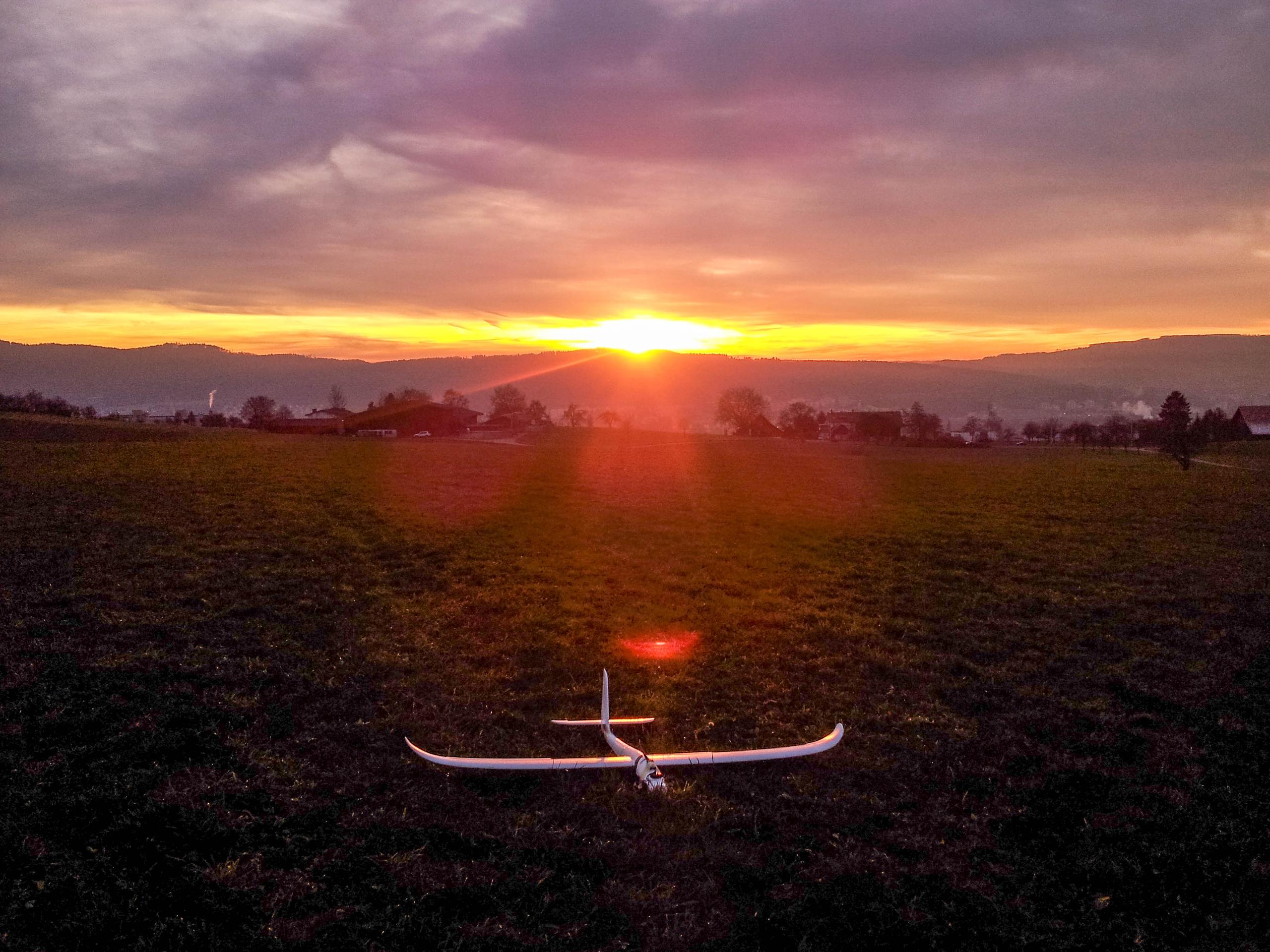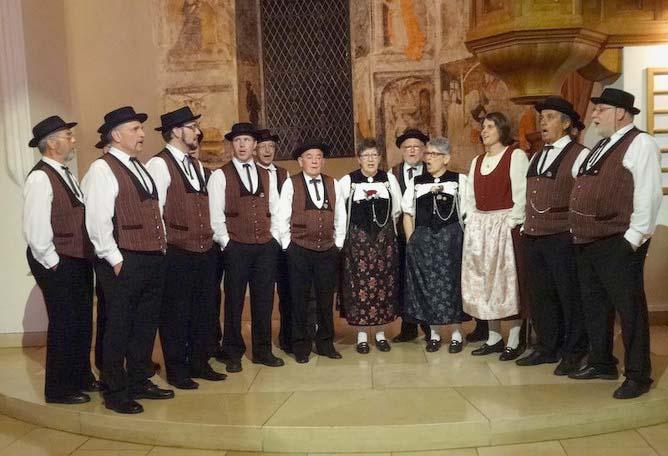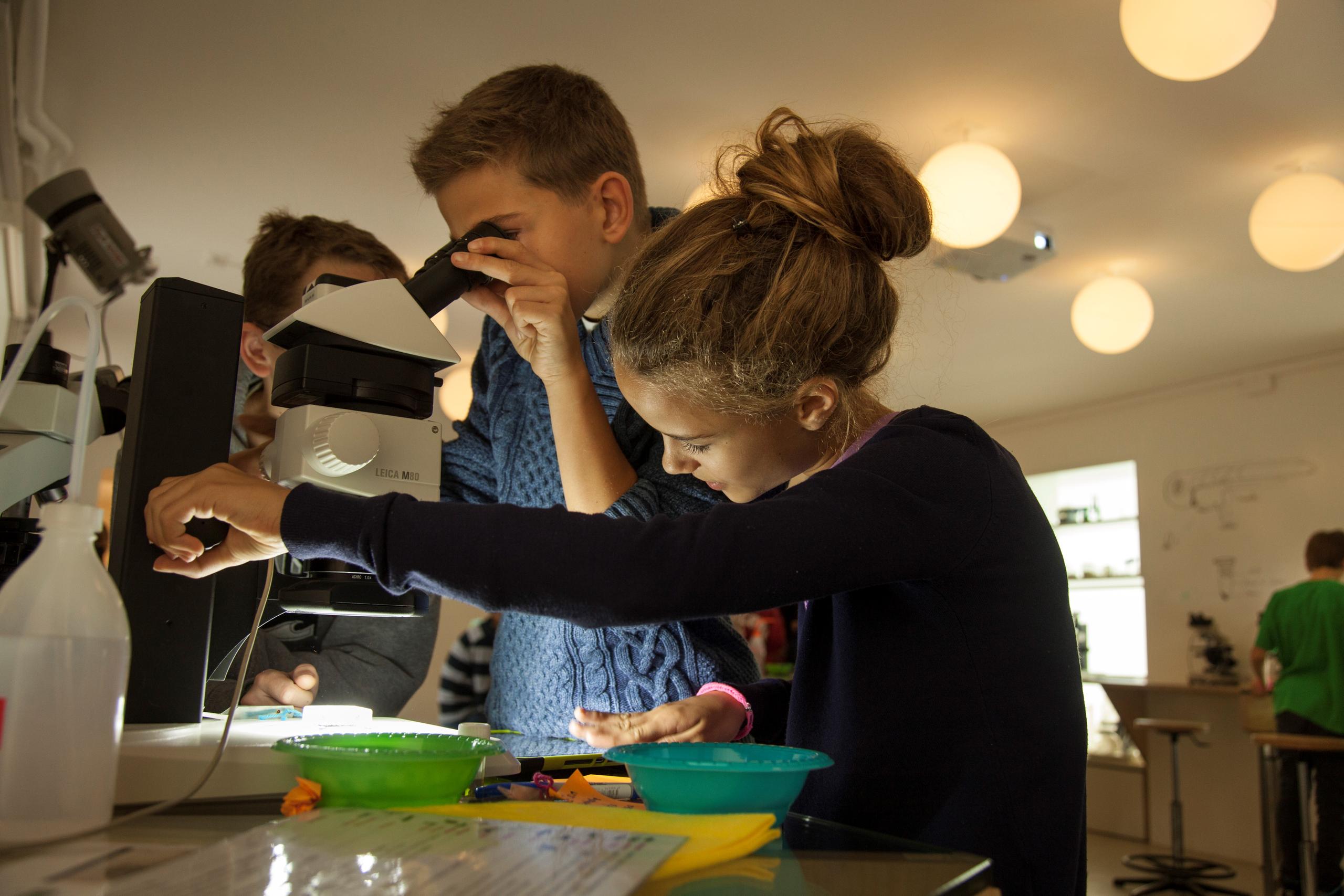The Swiss researchers turning to crowdfunding

Thanks to crowdfunding Swiss university students have the money they need to build an airplane and solve an energy problem. But is this the best way to finance good science?
Ten thousand Swiss francs ($9,947) might not sound like enough money to build an airplane, but that’s the target that Lorenz Affentranger and his nine colleagues – all bachelor’s students in engineering at the Swiss Federal Institute of Technology ETH Zurich – set for their campaign on Switzerland’s largest crowdfunding platform, wemakeitExternal link.
That’s because the device the students want to build isn’t a typical airplane: it will only be five metres wide, and instead of transporting people, it will transport wind energy.
Affentranger and his colleagues launched their campaign using Science Booster, wemakeit’s new platform for supporting scientific research projects via crowdfunding. And by the time it ended on April 12, the team had met – and well exceeded – their goal.
Their project, called ftero, takes a novel approach to electricity generation by drawing inspiration from a common childhood toy.
“If you think about a kite you played with as a kid, and the force you could feel on the ropes as the wind blew…this is basically the force we use to generate electricity,” Affentranger tells swissinfo.ch.

At the moment, he and his team have a 2.5-metre prototype plane, which is connected by a tether to a unit on the ground containing a generator. After being manually launched into the air, the carbon-fibre plane catches the wind and ascends to roughly 150 metres in altitude. Once aloft, it travels in a circular flight path and – similar to a windmill turbine – transfers wind energy down the tether to the generator, which converts it into electricity.
The tethered aircraft has a couple of advantages over fixed wind turbines: for one thing, it can ascend to very high altitudes, where winds are stronger and more consistent. It can also be easily dismantled and moved to different locations where power might be needed.
“We could imagine a little two-metre plane with a generator, which you could move around with a car – for example to a hiking cabin, or a crisis area. We can also make bigger planes and put them on land or offshore, where they could function like wind farms,” Affentranger explains.
But first, the ftero team needs to build a larger, five-metre prototype plane…and figure out how to automate the launch and landing processes. That’s where crowdfunding comes in.
“Since we are somewhere in between a research group and a start-up, companies and private citizens might hesitate before supporting us. With crowdfunding, everyone can just give the amount they feel comfortable with, and in the end, it adds up to the sum we actually need,” Affentranger says.
Between basic research and business
Luc Henry, an independent consultant and Science Booster collaborator, says that crowdfunding is an excellent option for projects that are too small-scale or short-term to be eligible for a major scientific grant, and for technologies that require further research before they can attract investors.
“These projects still have some basic research to do, a proof-of-concept to create, or a prototype to build,” Henry tells swissinfo.ch.
“Often, the project initiators are students attached to a university. The reward they give to the people who support them is not a product, but rather information about their project.”
Last year, Henry and colleague Mirko Bischofberger helped initiate Science Booster, and facilitated a partnership between wemakeit and the Gebert Rüf FoundationExternal link. Through this partnership, Science Booster projects receive matching funds that double the amount earned from crowdfunding, to “actively engage with the public in an original way and raise funds to test unconventional scientific ideas”.
“Most projects or experiments that cost around CHF10,000 are ignored, or done as a side project within a larger funding scheme,” Henry explains. “What we wanted to do was to give a platform for people who just want to run that one experiment or pilot project.”
It’s not what you know…
But can crowdfunding really help science projects like ftero to get off the ground, so to speak?
According to a report by the Lucerne University of Applied Sciences and Arts, the average level of funding raised per campaign across Swiss crowdfunding platforms in 2015 was CHF11,700. But in the realm of research and development, that’s not much – even for small or short-term projects.
However, the Lucerne researchers found that there are other, non-monetary advantages to crowdfunding, including the chance for project initiators to connect directly with their supporters, and draw attention to projects.
Henry’s experience with Science Booster confirms these findings.
“If you are a professional researcher, I think crowdfunding should be thought of not as a primary way to raise money, but as a way to gain visibility, to get people interested in your topic and connect with them, and to raise awareness for what you do,” he says.
The importance of such direct interactions is underscored in the Lucerne report by evidence that most reward-based crowdfunding (where supporters receive a token gift or service in return for their contribution) in Switzerland is a “local phenomenon”. The authors found that even though reward-based crowdfunding platforms like wemakeit are entirely online, the median distance between campaign initiators and their supporters is only about 12 kilometres (about 7.5 miles).
“People who give money usually do it because they know the [project initiators], because the project has something to do with an emotional aspect, or because they get something out of it,” explains Andreas Dietrich, a professor at the Lucerne School of Business and co-author of the report.
Unsurprisingly, this dependence on emotional affinity or connection means that highly obscure science is unlikely to form the basis of a successful crowdfunding campaign.
“I would argue 90% of scientific research will never get crowdfunding because it is too complex, too niche. The projects we see in Science Booster are related to food, health, energy, environment – these are things people can relate to and would be willing to support,” says Henry.
Involving the public in funding science in this way can also mean that citizens – and not just academics and experts – can have a voice in choosing which ideas can potentially become a reality. But the impact of this on science remains to be seen.
“This is an experiment for everybody I think,” says Henry. “We are not taking over research funding, we are just exploring a new route. The unpredictability of that is where it gets interesting.”
Crowdfunding in Switzerland
According to the Lucerne University of Applied Sciences and Arts report, “Crowdfunding Monitoring Switzerland 2016”, crowdfunding has experienced a surge in popularity in Switzerland in recent years, going from 15 campaigns and CHF300,000 in overall funds in 2011, to 1,059 campaigns and CHF12.3 million in 2015. The most popular campaign categories include business and start-ups, music, social causes, and sport.
Despite this growth, crowdfunding is still a much more obscure means of funding in Switzerland than in other countries – particularly the UK and the USA.
“Switzerland is a small country with eight million people compared to 330 million in the US – it’s just a very different market,” explains Dietrich. “In Switzerland, we have a bank-based market for funding small and medium enterprises, while in the US it’s more capital-based. The step from capital-based funding to crowdfunding is much smaller. The mentality is also different: in terms of investing, people in the US trust more in giving money to start-ups, while in Switzerland people are more careful.”

In compliance with the JTI standards
More: SWI swissinfo.ch certified by the Journalism Trust Initiative












You can find an overview of ongoing debates with our journalists here . Please join us!
If you want to start a conversation about a topic raised in this article or want to report factual errors, email us at english@swissinfo.ch.